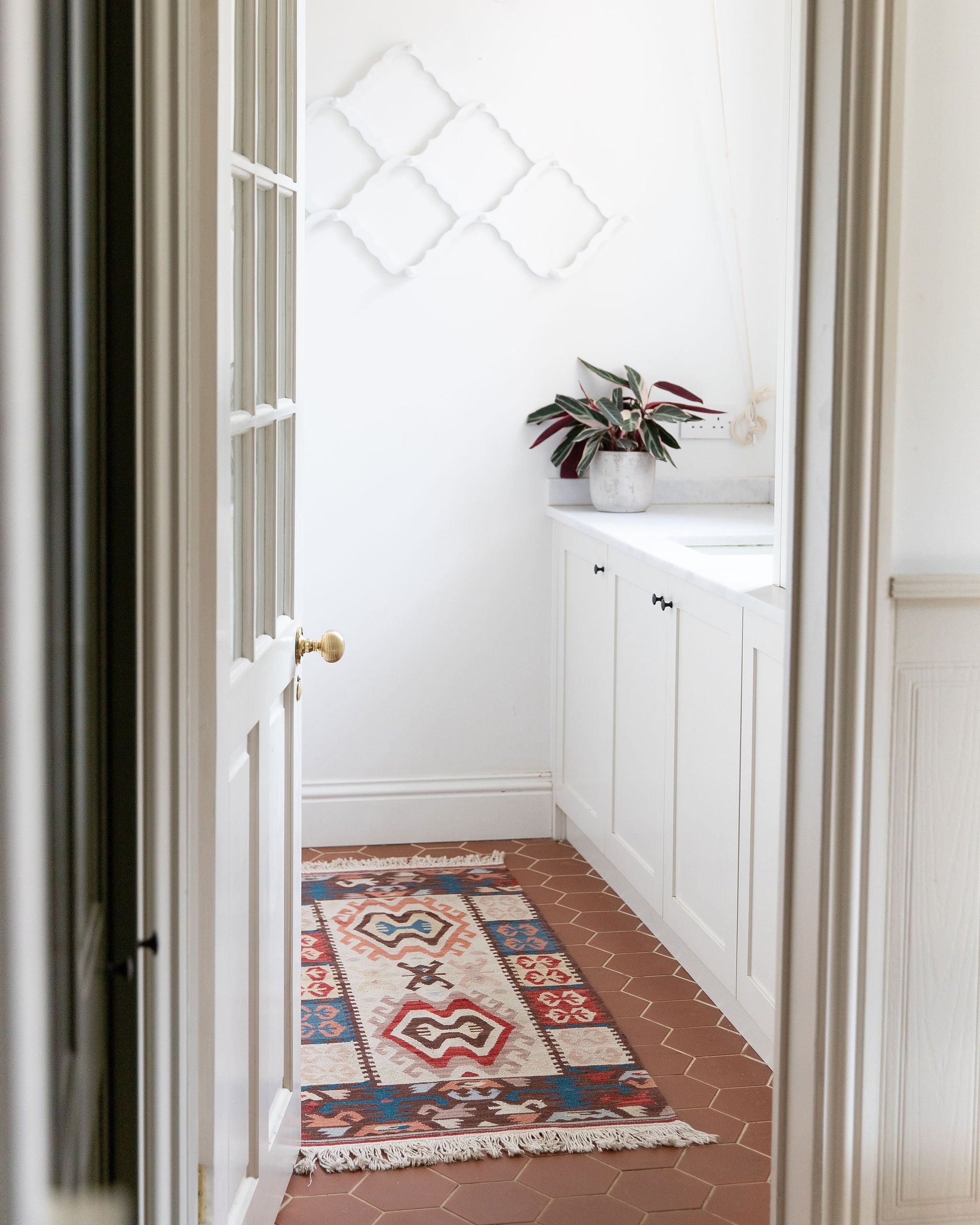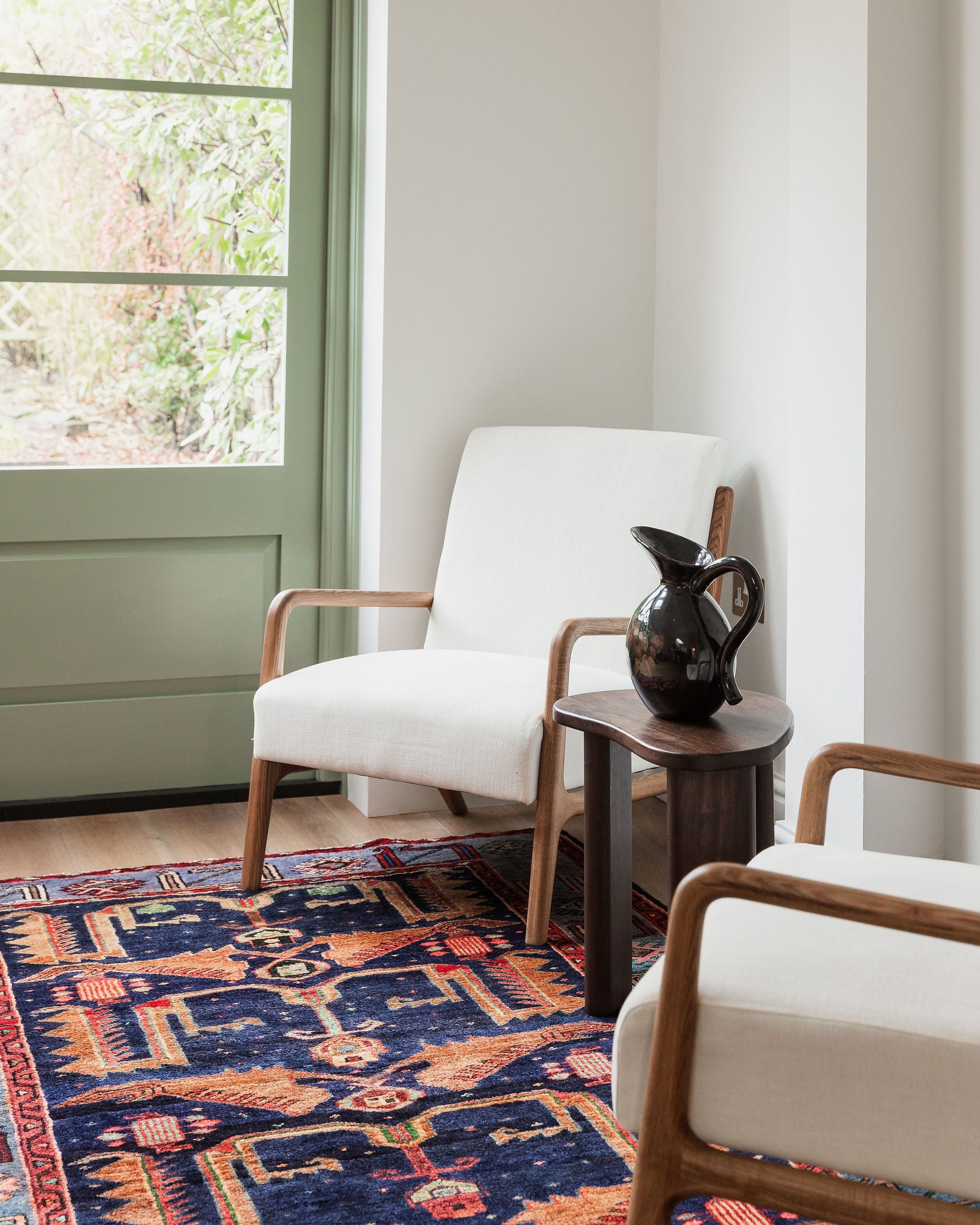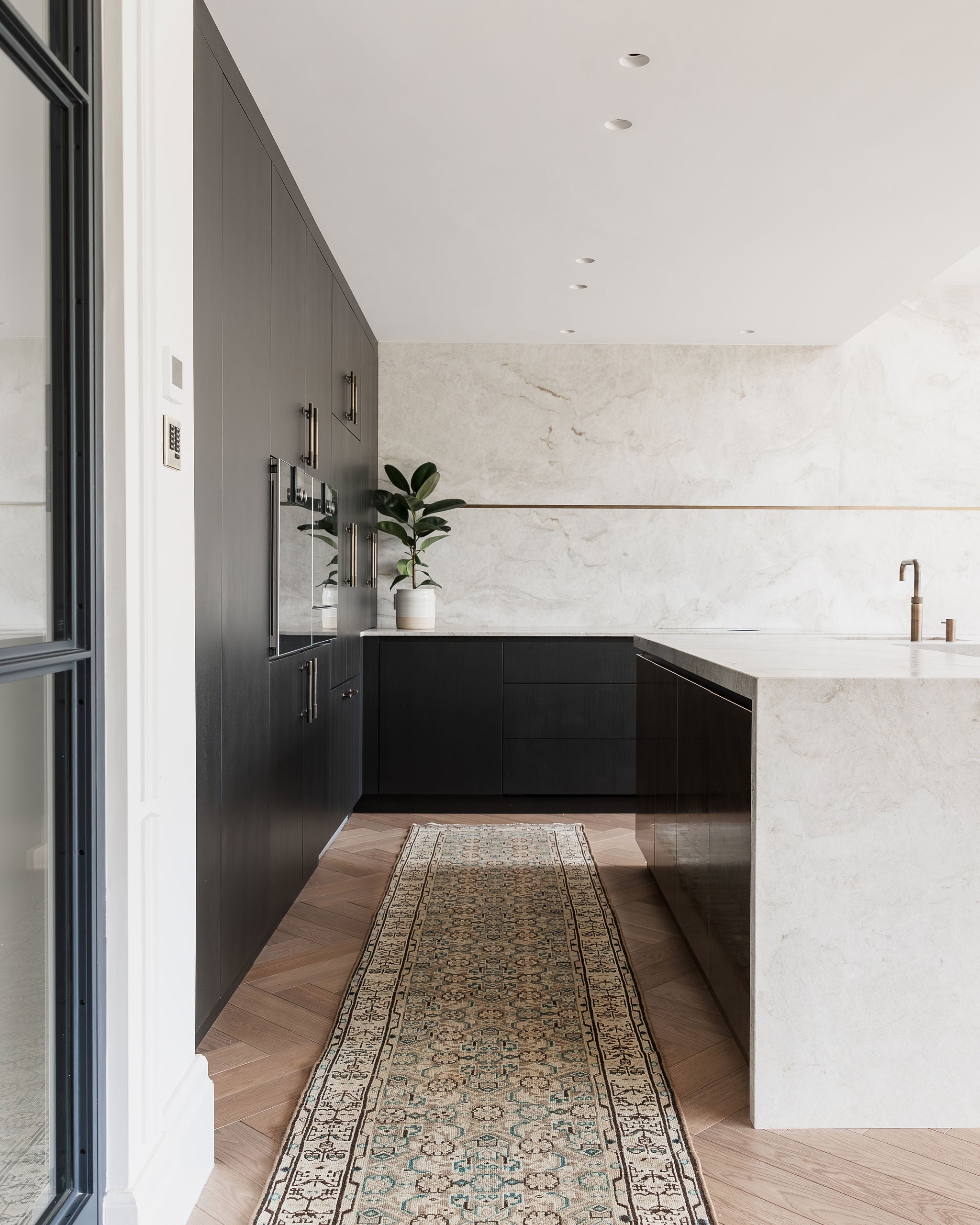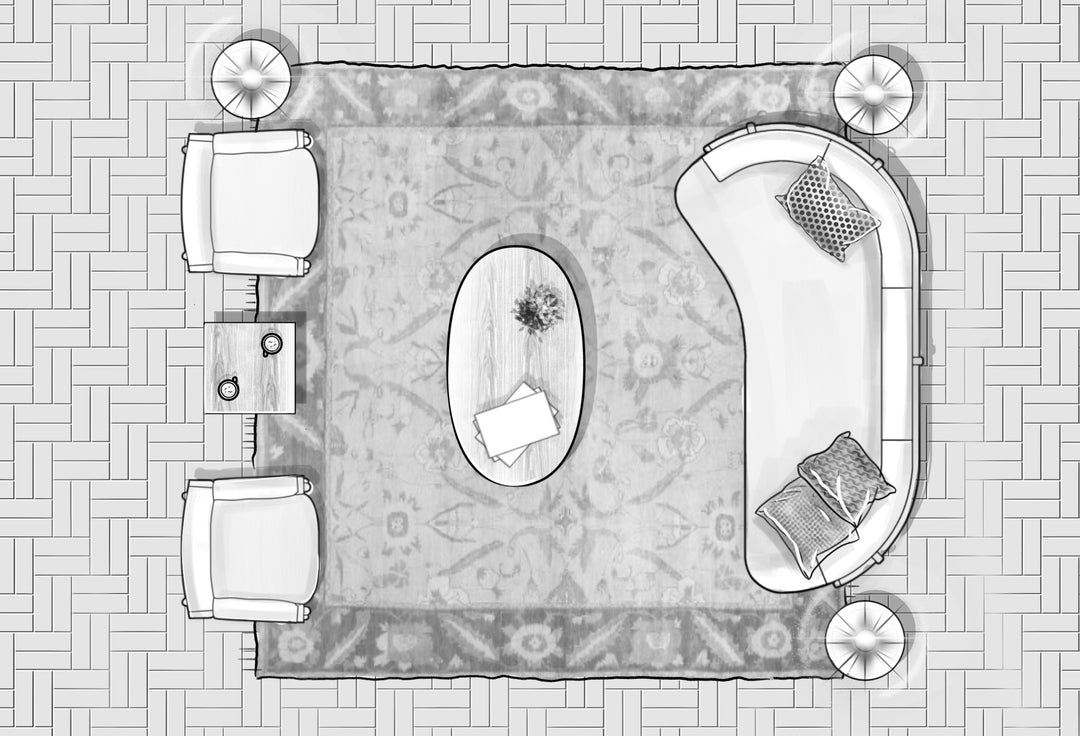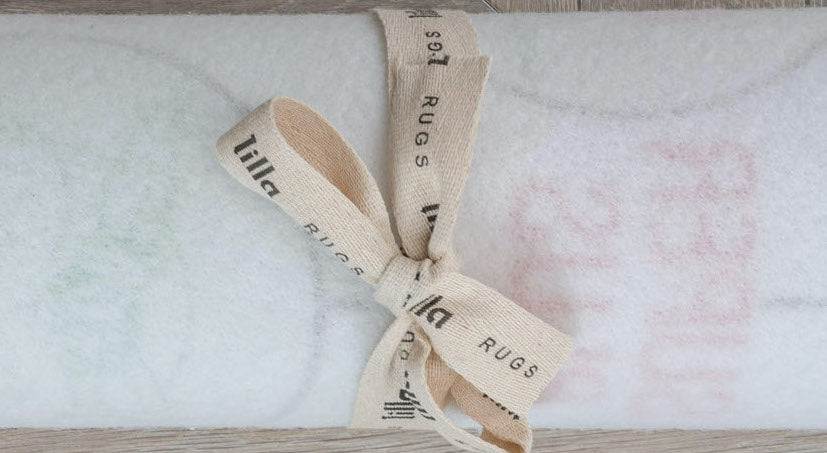Dopamine Decor: Why it’s all the Rage

Image Credit - Benjamin Moore
Can decor really influence our state of mind? Today, we are exploring the benefits of dopamine decor, the celebration of bold and bright, which is set to be one of the biggest trends in 2022.
Optimism has spread across the decor world these last few months. This mood has been echoed in designer collections, with emphasis on radiant colours and funky shapes as vital components of this year’s new trends.
Perhaps it is not just another trend, but a solution to our desire for light-heartedness and an attempt to share hope through bright colours?
It seems perfectly natural that many of us have embraced more colour into our homes as we emerge from lockdown. Brighter colours can not only offer a mood lifter but a much-needed escape from the negative emotions associated with the pandemic, such as fear, panic, anxiety, and stress.
This association between colourful decor and improving one's state of mind has been the subject of psychological research for a long time. In fact, the concept is called 'dopamine decor,' the idea of instilling joy through decoration.
But can the colours we choose truly have an influence on our mood? And is colour choice something we should consciously consider when designing our space? To understand this concept better, we need to know how dopamine works in our bodies.
WHAT IS DOPAMINE?

Image Credit (left to right) - Apartment Therapy, West Elm
Together with serotonin, dopamine is one of our happiness hormones. It is an important chemical produced in the brain that acts as a messenger between the nerve cells. Having a significant impact on our mood, our ability to pay attention, and our willingness to perform.
In short, if you have low dopamine levels, you feel despondent. However, if high levels of dopamine are flitting between your neurons, you feel spectacular. When dopamine is released in large amounts, it creates pleasure and reward that motivates us to repeat a specific behaviour.
To improve the neurotransmitter in our brains, we need; good sleep, plenty of exercise, human connection, sunlight, music, and a rich protein intake. But what if we could positively influence our mood through our choice of decor as well?
COLOUR REACTION IS INDIVIDUAL

Image Credit (left to right) - Mitzi, Yaroslav Priadka
Colour therapy and chromotherapy have long been of interest to cultures dating back to ancient Egypt and have been integrated into interior and environmental design. Most of our reactions to colour are personal. However, some ‘typical’ responses might be worth noting before you start planning to redecorate.
Warmer colours like reds, pinks, and oranges are daring and dramatic while stimulating energy, creativity, and appetite. Hence being a popular choice for kitchens and dining areas where you engage in most entertaining.
Cool colours like blues, greens, and purples create the illusion of space and have a calming and relaxing effect. This makes them ideal colours for bedrooms, workrooms, and particularly bathrooms (as it’s reminiscent of the sea).
Proven to impact our well-being. Colour can alter our mood and has the potential to influence everything: from decision-making and our perception of time passing to temperature, taste, and emotion. Colour is closely associated with emotions; it colours our language – we say we are ‘feeling blue', ‘seeing red’, ‘green with envy', or ‘in the pink’.
Colour and design in the home should reflect the people who live inside. Use colours wisely to create the intended atmosphere in each space. Whether you’re looking to add occasional bursts of colour or to decorate your entire room, discover the emotional effects of the rainbow in some of our round-up colour groups.

Image Credit - April Smith
A beautiful selection of Persian rugs is such a powerful way to help you pull colour schemes together confidently and with ease. Here we have some gorgeous Persian and Oriental rugs with striking patterns and colours to suit any home that wants to jump onto the dopamine decor trend.



